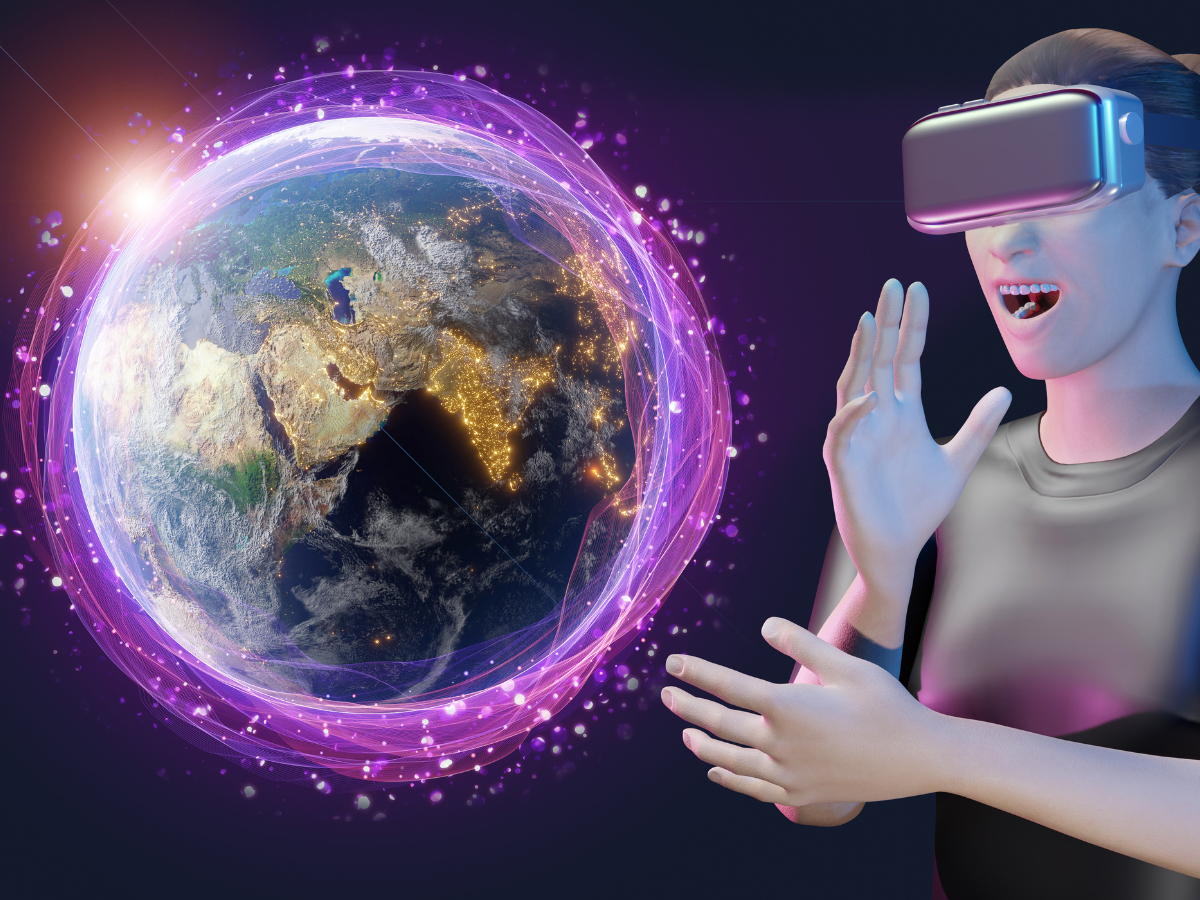HTC has created a remarkable history by sending its standalone VR headset, VIVE Focus 3 to the ISS to support astronauts’ mental health. This venture, in collaboration with XRHealth and Nord-Space Aps, is to provide support to astronauts in their important European Space Agency (ESA) Huginn mission.
The VR headset was part of the cargo that SpaceX sent on a resupply voyage to the International Space Station on November 7. Using this headset, Danish astronaut Andreas Mogensen of ESA will spearhead a mental health program. On the ISS, Andreas is the commander of Expedition 70. Andreas is the Commander of Expedition 70 on the ISS.
VR headsets are already used on the ground. For instance, the ESA and NASA used a few VR models in several astronaut training sessions that took place at NASA’s Johnson Space Centre. In addition, Commander Andreas used the previous model of HTC VR to train astronauts for spacewalk emergencies. However, this is the first instance of a VR going to space.
Solving the Microgravity Issue
Traditionally, VR headsets don’t work in microgravity environments. In order to align orientation, VR headsets depend on the Earth’s gravity vectors which are non-existent in space. A VR headset gets quite unstable due to the drift of gravity point. Content is constantly spinning and drifting due to microgravity and the spacecraft environment. When astronauts’ vision and control of a headset malfunction, they can no longer enjoy the content. Additionally, it causes motion sickness.
HTC has uniquely solved the problem with its industry-leading Location Based Software Suite (LBSS). The team designed an innovative tracking mechanism that focuses on a controller. A similar concept, dubbed “SimulatorVR mode,” is used on Earth at arcades dedicated to video games. The same method is used for anything from virtual reality roller coasters to flight training and driving simulators.
In SimulatorVR mode, the wrist tracker (VIVE Focus 3 controller) acts as an anchor while fixed to a set position. This instructs the headset where to base all its movement. The missing gravitational force in space is replaced in this manner. As a consequence, headset contents are always stable and aligned.
Finding a safe power source for the headset was another challenge because rechargeable or any other type of battery may pose a threat to the ISS. Hence, HTC VIVE is designed to use the ISS’s power source while keeping safety at the forefront.
VR Content for Uplifting Mental Health
The primary objective of the project is VR-based therapy, which aims to provide astronauts with a respite from their solitary surroundings by enabling them to travel to a different location through immersive 360-degree videos.
“Astronauts are essentially isolated during their missions for months and years at a time and are confined to small spaces with limited contact with friends and family,” says Per Lundahl Thomsen, Chief Technology Officer at Nord-Space Aps. “Creating a virtual platform that addresses their mental health needs while in isolation is imperative for them to maintain a healthy lifestyle when they return. We partnered with companies that provide the most advanced technologies that could be adapted for space to provide the most beneficial experience for our astronauts.”
The headset’s content uses immersive 360-degree videos to help achieve a variety of clinical goals related to mental health. It’s not surprising that Andreas would zero in on the field of meditation and relaxation. Once provided with an array of selection criteria he picked videos like diving with dolphins, listening to birds singing, watching the sunset over a mountain range, sitting by the North Sea, walking through the serene wetland, etc. All of this content will create a profound sense of peace and wonder among astronauts.

